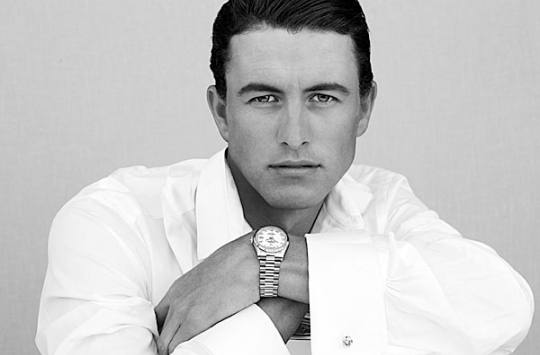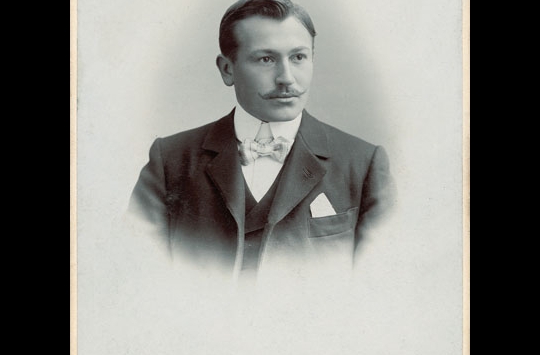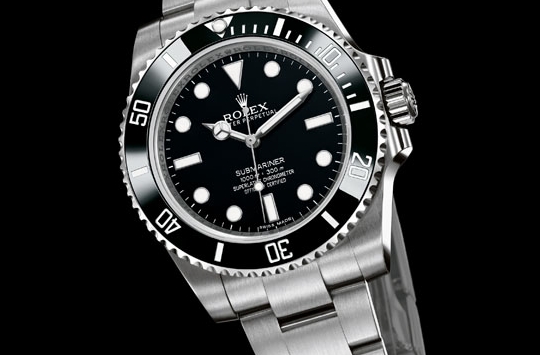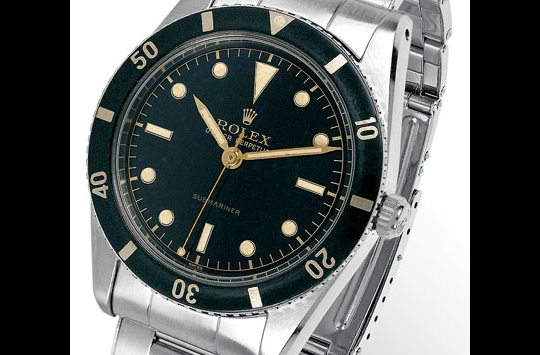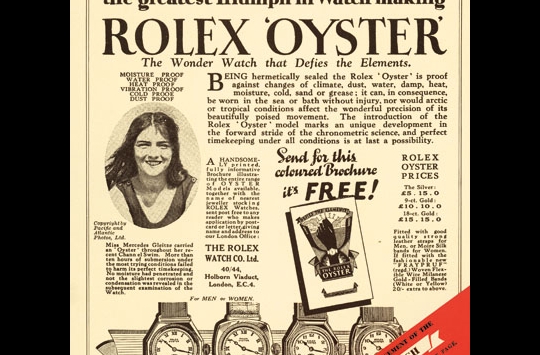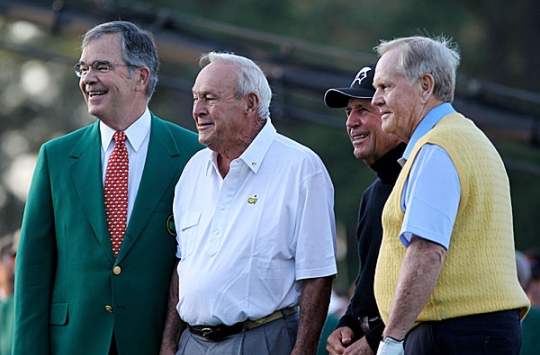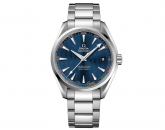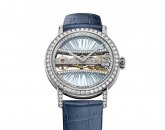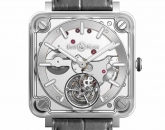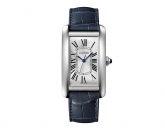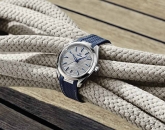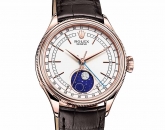Suddenly, the fledgling watchmaker was synonymous with accuracy and precision. Rolex remains a byword not just for accuracy but also quality, luxury and a mark of good taste. Whilst other watchmakers may come and go, Rolex remain a cherished and desired brand. Witness the countless fan clubs and online forums dedicated to the firm. There are few other brands that inspire such devotion.
In 1919 Wilsdorf became the sole owner of Rolex and moved the firm to Geneva. This move started the company down the path toward complete control over the manufacturing process. Within a few short years, Rolex would become a true manufacture producing everything from cases to movements in house. This meant that Rolex had complete quality control but of course, accuracy and precision can only take a brand so far. That’s not to belittle the watchmaker’s innovations, for indeed, they are complex and numerous. It was Wilsdorf’s marketing clout, though that really carried the Rolex name around the world.
Who today doesn’t associate Rolex with James Bond? Since 1962 and Dr No, the quintessential British spy has worn a highly modified Rolex submariner in no less than 11 outings. Before that, though, real-life men of action were wearing Rolex, with air force pilots frequently replacing their military issue timepieces with these more accurate devices.
In fact, during World War Two, it came to light that prisoners of war were having their treasured timepieces stolen by their captors. Wilsdorf announced that he would replace the watches, waiving payment until after the Allies had won. It may sound shrewd, but Wilsdorf’s move demonstrated confidence at receiving payment and, more importantly, confidence in an allied victory. It gave a much need boost to the soldier morale and, following the surrender of the Germans, it was noted that Rolex actually collected next to nothing by way of payment.
One incredible example is of Corporal James Nutting, one of the masterminds behind the infamous ‘great escape’ from the prison camp Stalag Luft III. In 1943 Nutting actually ordered a new Rolex whilst still a prisoner of war. The watch was delivered under the guise of a Red Cross first aid parcel. This may sound far fetched but a reported 3,000 Rolex timepieces were actually delivered to one single camp, Oflag V11 B POW, during the conflict.


